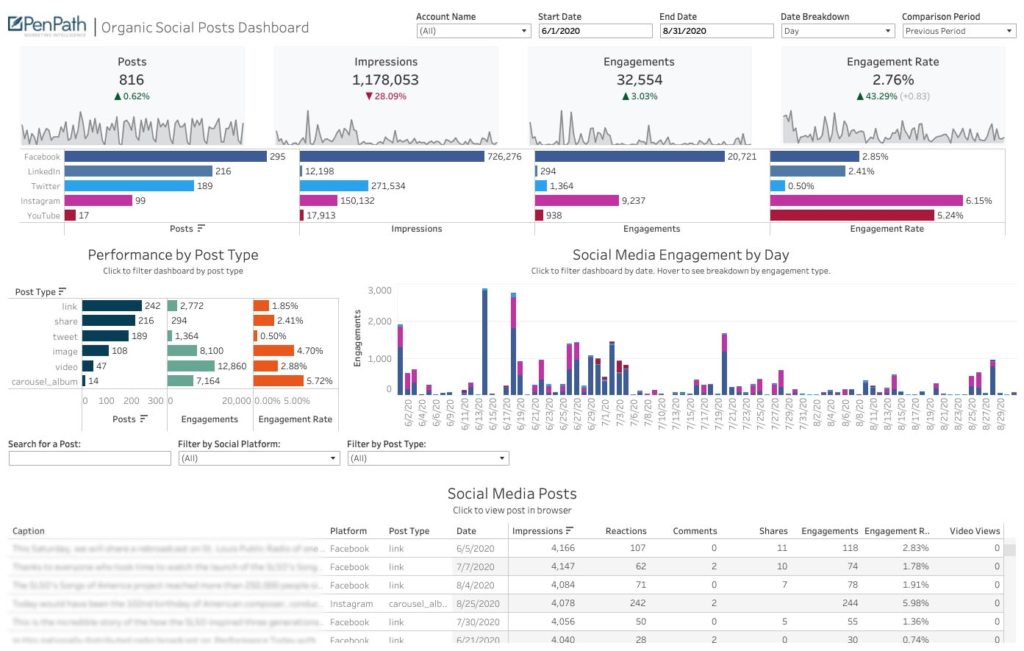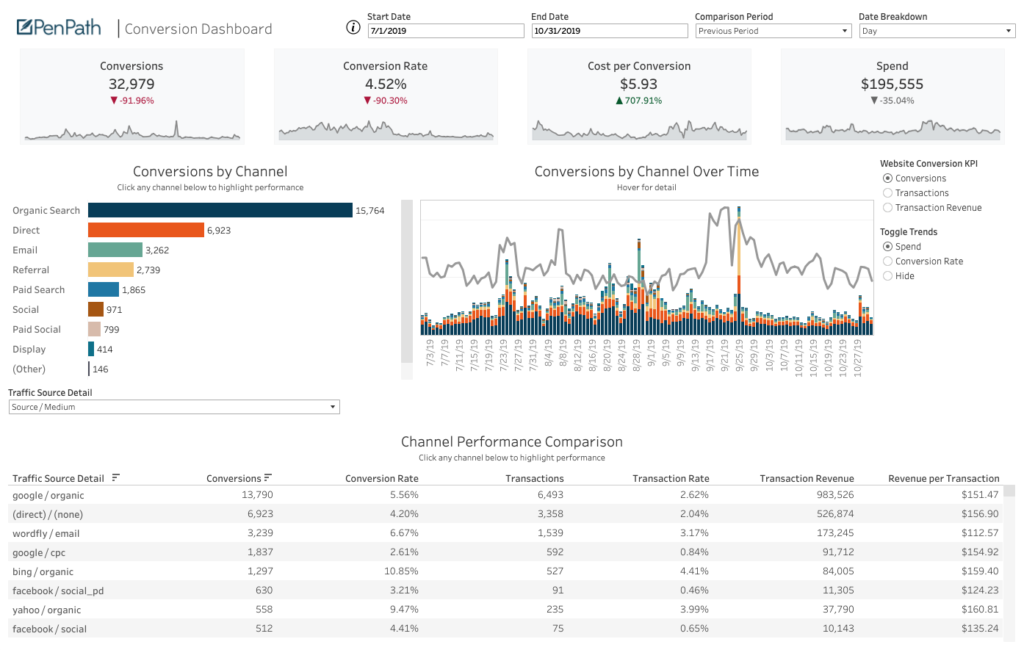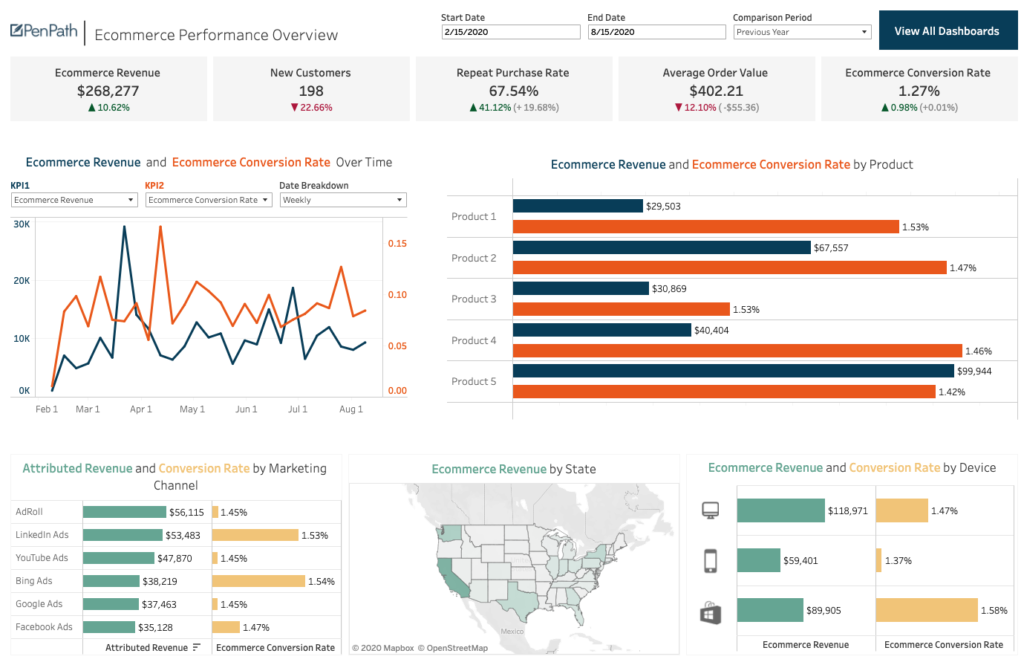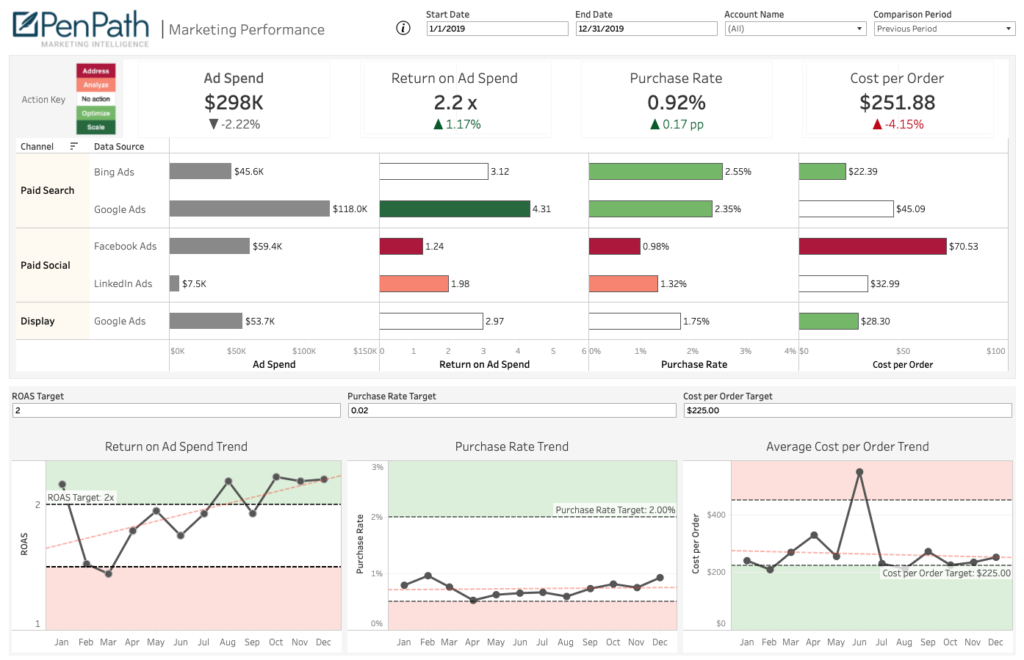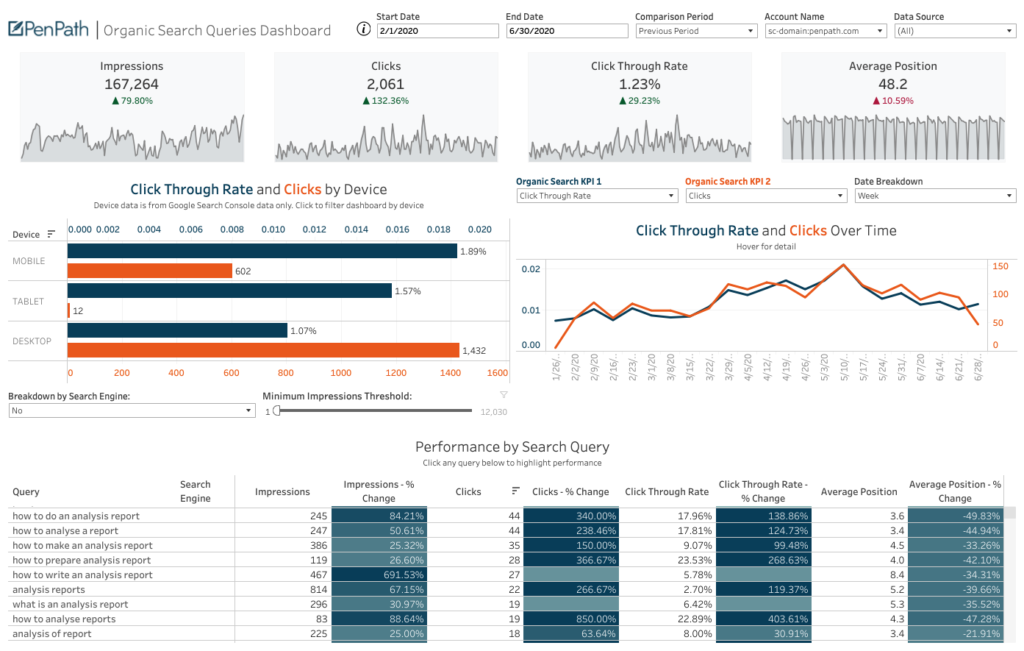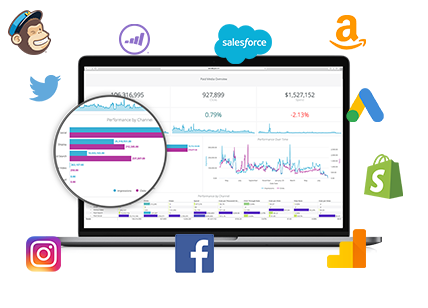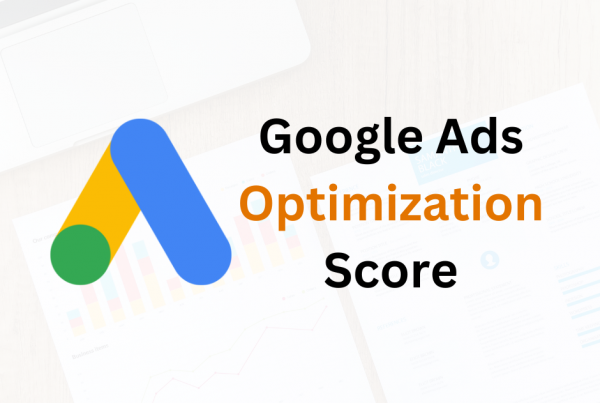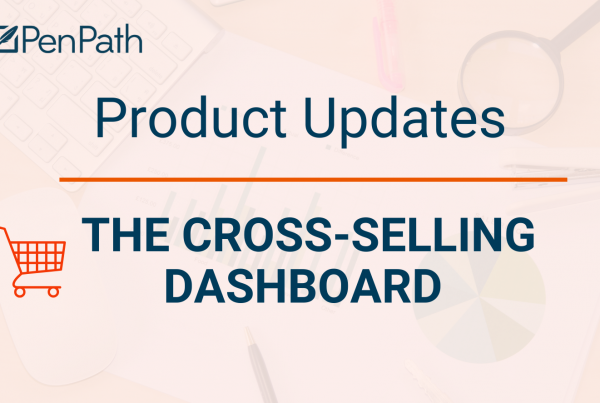Writing a good report is a necessary skill to have in order to communicate effectively with your clients and stakeholders. A report well done leaves no room for error and brings clarity. To begin the report, start with an introduction that states the purpose of writing the report from the client’s perspective and give them a taste of what’s possible. Include any necessary background and questions to be answered.
Business-driven data analysis for non-technical people should be composed of:
- Less technical details and simple writing
- Clear description of what you did and why
- Practical recommendations which can be applied
1. Less technical details and simple writing in your Analysis Report
- Words should always exist, not just pictures and graphs
- Avoid flowery prose and extra details; to the point (bullets as needed)
- Don’t get bogged down in the weeds or the process, to miss reporting the outcome.
2. Clear description of what you did and why
In this section, don’t be afraid to show the client your knowledge about what you know-tell the story according to the questions you are solving. You should never have more than 3 metrics in a table and data should always be segmented, not aggregated. This makes it easier to read.
The difference between web reporting and web analysis is that one is a data puke. For example, the image below is a data puke.
The wrong way to do it… What is missing is actually interpreting the data, understanding the context and identifying actions, which the client has to do. You should never make the client think for themselves: the insights should be provided.
The image below is actual web analysis because it has the insights already provided. Also note how they highlighted important sections.
What you SHOULD do…
3.Practical recommendations which can be applied
- After each insight, don’t repeat what is already on the graph but write why it is (Sales are down 4% because….) Use the pronoun “you” when talking about the client.
- Have a recommendation for action after each insight (Because sales are down, I suggest we do Y…). This should ideally be applied after having a through understanding of the client’s business. If not a recommendation, then at least a discussion should ensue (Have you thought about this?)
- If possible, have a measure of impact because of the decision taken (We will save X amount). This is important because it creates a sense of urgency-most clients fail to take the action recommended.
The outro or conclusion should state the purpose of the report, the main findings and conclusion, and any recommendations. It can also end on a positive note. In this case, the purpose was to create a practical guide to writing a data analysis report. It gave 3 insights and added detail to each one. In summary report writing should be kept simple, clear, and easy to understand for the stakeholders. A good report should be able to convey the main points even when skimmed.
Update:
We’ve had many readers ask about how PenPath’s dashboards can be used in analysis reports. For this, we recommend using screenshots of the relevant charts and diagrams or exporting your dashboard directly in PowerPoint.
For ideas on KPIs to use in your report, browse the dashboard examples below:

